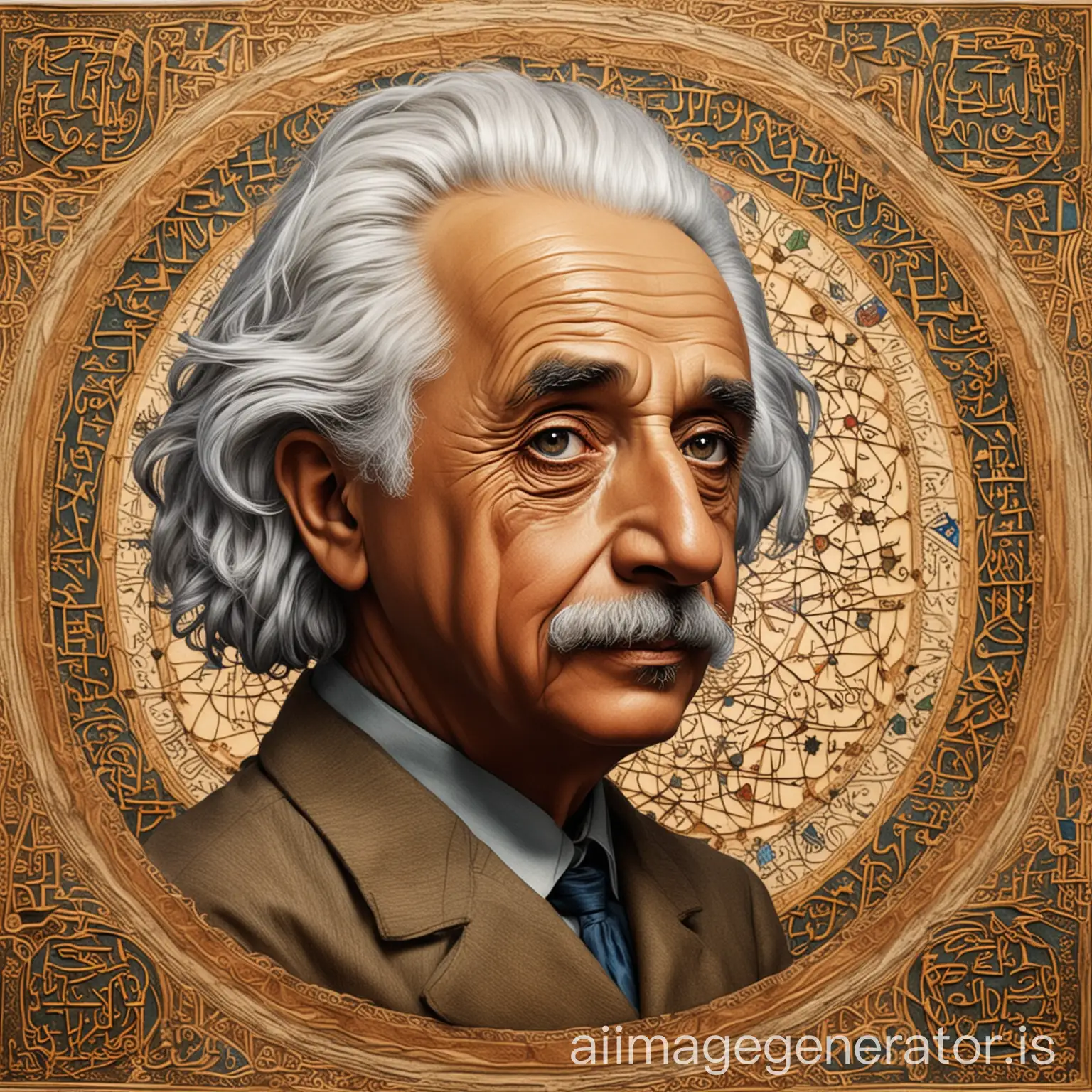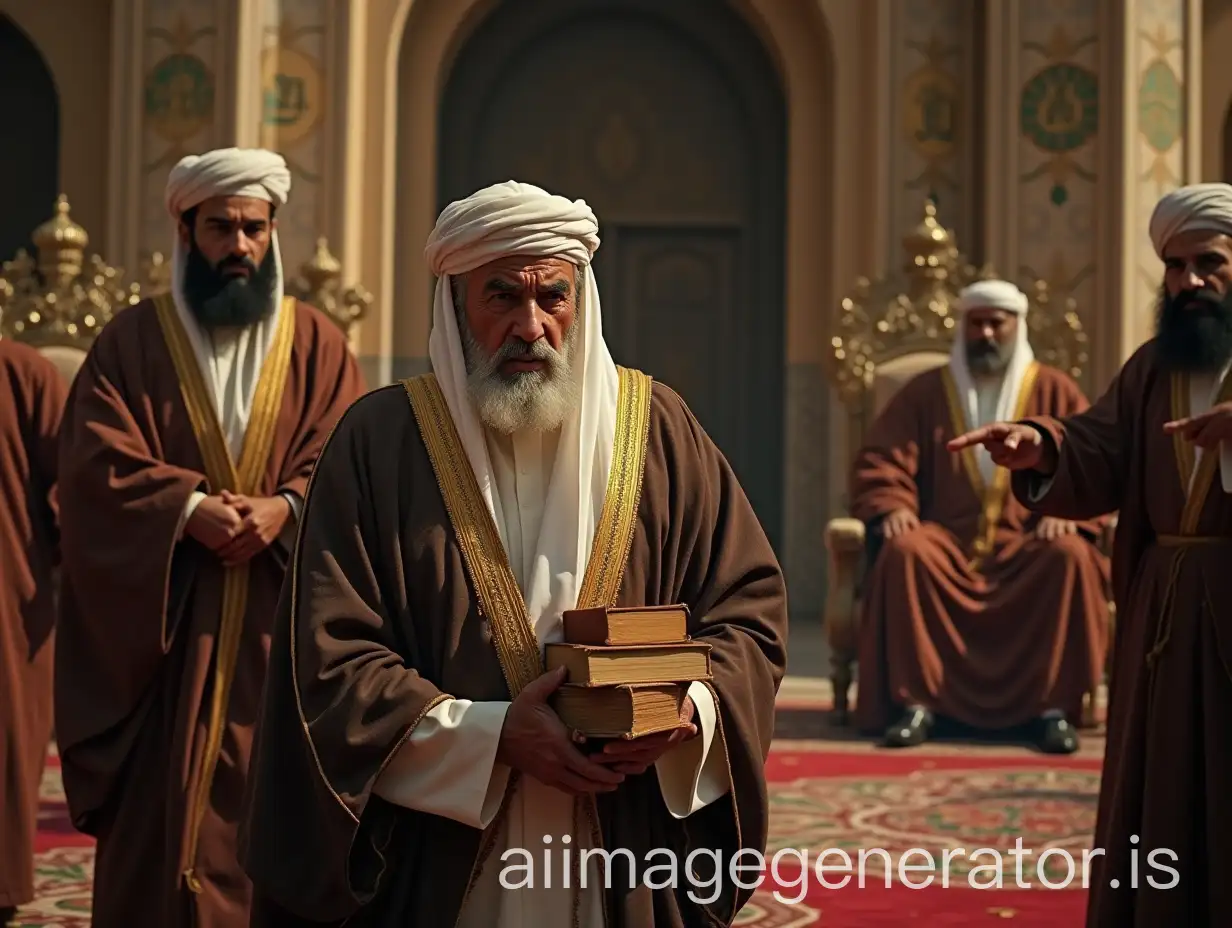Free Islamic Calligraphy Image Generator
Just imagine, and we'll instantly return a variety of personalized Islamic Calligraphy images—designed to bring your creativity to life!
- 4:3
- 3:4
- 1:1

image.state.default



Related Tags
Islamic calligraphy is a revered art form that involves the stylized writing of Arabic script, primarily to transcribe verses from the Quran. Originating in the 7th century, it has evolved into various styles, each with unique characteristics and cultural significance. The primary purpose of Islamic calligraphy is to convey religious messages in a visually harmonious manner, transforming written words into an aesthetic experience.
Understanding Islamic Calligraphy: A Blend of Art and Devotion
Islamic calligraphy encompasses several distinct styles, each developed in different historical and cultural contexts. Kufic, the oldest script, is characterized by its angular and geometric form. Naskh, widely used in everyday writing and print, features rounded and flowing lines. Thuluth is known for its elegant, elongated letters, often used in architectural inscriptions. Diwani, a cursive script developed in the Ottoman Empire, is highly decorative and complex, making it popular for official documents and artistic compositions.
Styles and Types of Islamic Calligraphy: From Kufic to Diwani
Islamic calligraphy continues to inspire contemporary art and design, transcending its traditional religious boundaries. Artists incorporate calligraphic elements into modern paintings, digital art, and graphic design. In architecture, calligraphy adorns buildings and public spaces, creating a blend of historical and modern aesthetics. Fashion designers also draw on calligraphic motifs, integrating them into textiles and accessories to create unique and culturally rich designs.
Applications of Islamic Calligraphy in Modern Design
Creating AI-generated Islamic calligraphy involves understanding the fundamental styles and principles of the art form. Begin by selecting a base script and studying its unique characteristics. Use AI tools to input text and experiment with different prompts to achieve the desired style. Refine the generated images by adjusting parameters such as line thickness, curvature, and composition. The 'open in editor' feature on our page allows you to customize these aspects easily, ensuring the final output aligns with traditional aesthetics while incorporating your creative touch.
Creating AI-Generated Islamic Calligraphy: A Step-by-Step Guide